Scott Expedition Centennial
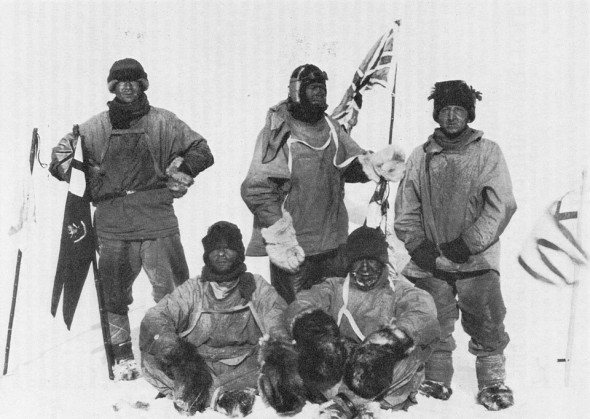
Today marks the 100th anniversary since the final journal entry made by Robert Scott on his British Terra Nova expedition in Antarctica from 1910-1912. The expedition had scientific objectives as well as the goal of being the first to reach the South Pole. This feat was accomplished one month before Scott and his companions arrived there by Norwegian explorer Roald Amundson. Scott’s team died on their return home, but out of their tragedy emerged a legacy of science in Antarctica.
One of Scott’s closest companions was Edward Wilson, one of my greatest inspirations. Wilson was a doctor, ornithologist, and disciplined artist. He first joined Scott on the Discovery Expedition to Antarctica from 1901-1904, and returned to Antarctica on the ill-fated Terra Nova, creating evocative watercolors, sketches, and observations that illuminated the polar environment and expedition life. He wrote of days like this, “…the morning was a glorious one, brilliant sunshine ahead all night and the sea as smooth as glass and the pack all loose enough to make a way through. These days are with one for all time—they are never to be forgotten—they are found nowhere else in all the world but at the poles… One only wishes one could bring a glimpse of it away with one with all its unimaginable beauty.”(Jan 4, 1911, ‘Terra Nova’ Diary). Through Wilson’s art, we all have a glimpse.
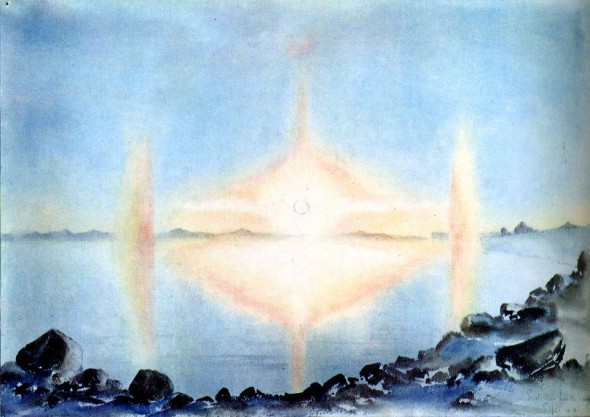
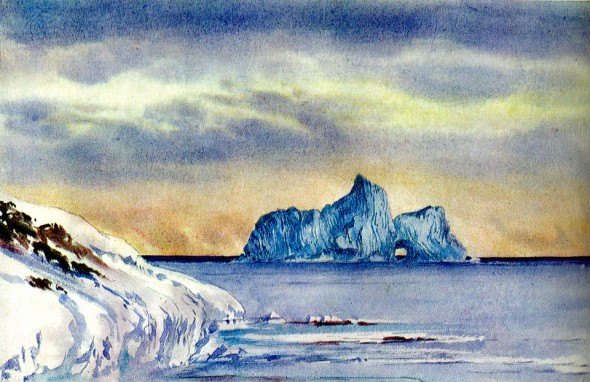
Wilson sketched with pencil and watercolor. He would add vodka to his painting water to help keep it from freezing (a trick I’ve adopted) or simply add notes to his sketches to complete later onboard the ship. His detailed study of birds and the polar environment became the basis for the book, Edward Wilson’s Birds of the Antarctic.
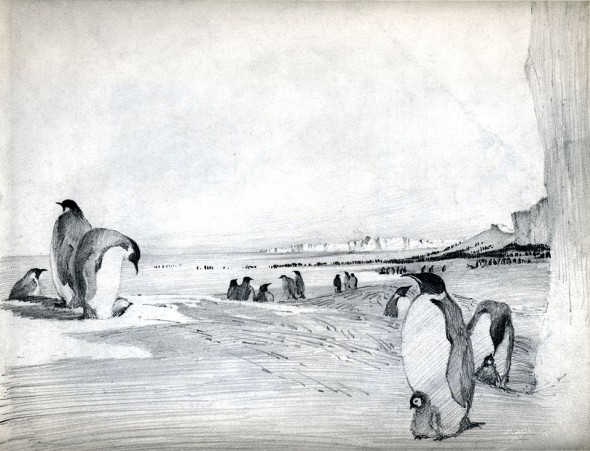
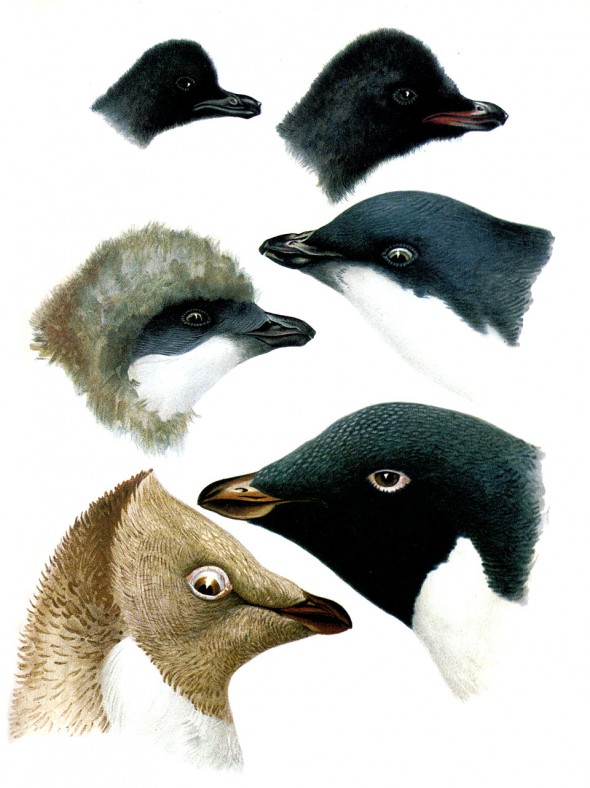
Finally, Edward Wilson, who was affectionately called “Uncle Bill” was admired for his good humor. He drew lively sketches of the ship life, and also contributed his work to the expedition newspaper, the South Polar Times.
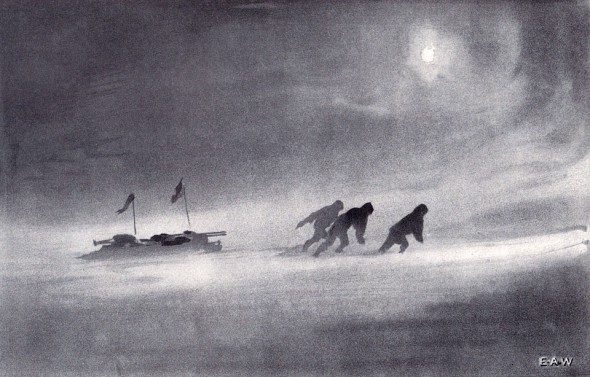
In his journal, Scott wrote to Wilson’s wife, “…I should like you to know how splendid he was at the end—everlastingly cheerful and ready to sacrifice himself for others… I can do no more to comfort you than to tell you that he died as he lived, a brave, true man—the best of comrades and staunchest of friends…” (from Diary of the Terra Nova Expedition). I’ll toast to that, and add, an inspiration!
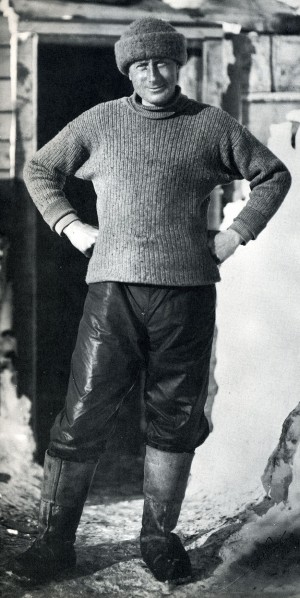

8 Responses to “Scott Expedition Centennial”
Dana Isherwood
Hi Maria: Your blog on Wilson was wonderful. I especially like the Berg off Cape Evans artwork. Reminds me a little of your art. It is wonderful to know you are in Seattle. We hope to get to one of your events soon.
Maria
Thank you, Dana!
Terry A. Moan
I enjoyed your account and paintings
and drawings by Edward Wilson.
Good luck with your work…you have a
special talent! Terry
Tammy Ferguson
Have you ever heard of a gentlemen by the name of Scott S Edward? or a drawing he did called “Saying farewell to Joe” it is signed by 1655 out of 2500 can you let me know please? I can’t seem to find any info on this man.
Darin
Hi Tammy, I’m not familiar with your Scott, good luck in sleuthing out the history!
Cheryl Law
I am reading the book Cherry a life of Apsley Cherry-Garrard who was part of the expedition though didn’t go to the pole with Scott. What a good read and amazed by all of them. Cherry was the one who was supposed to meet Scott but they didn’t show. He blamed himself rest of his life.
Thank you for this picture! It’s puts a face on these brave men.
Maria
Hi Cheryl, I’ll have to look up that book. Sounds like Cherry bore a burden, there’s a lot of tragedy in polar history.
Dennis Nolan
Cherry is a fine book but first and foremost you should read Cherry-Garrard’s The Worst Journey in the World. I’m only one of many who regard that as the best travel book of the 20th Century, and maybe beyond.